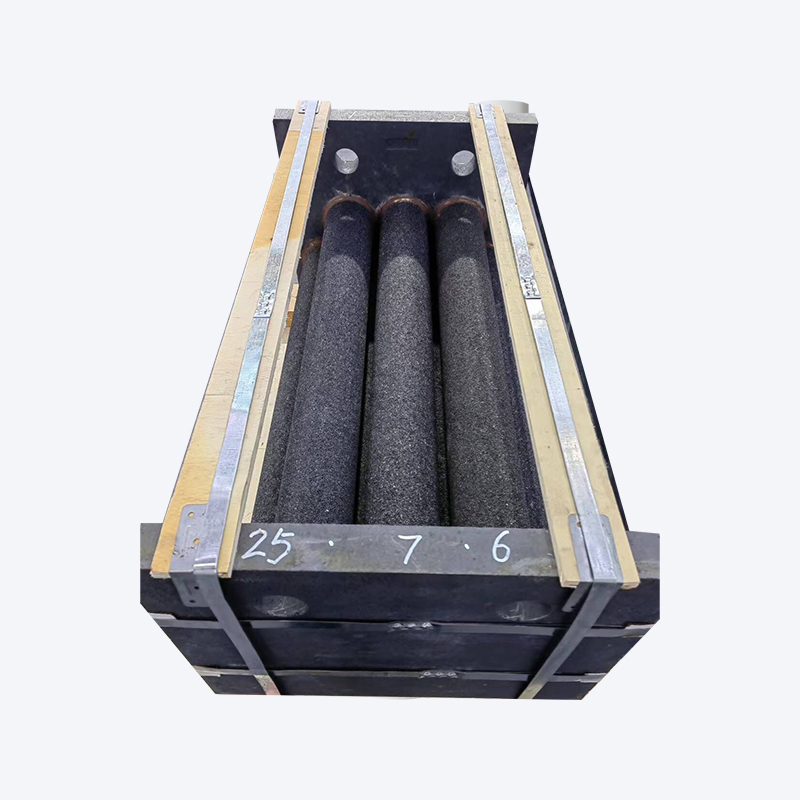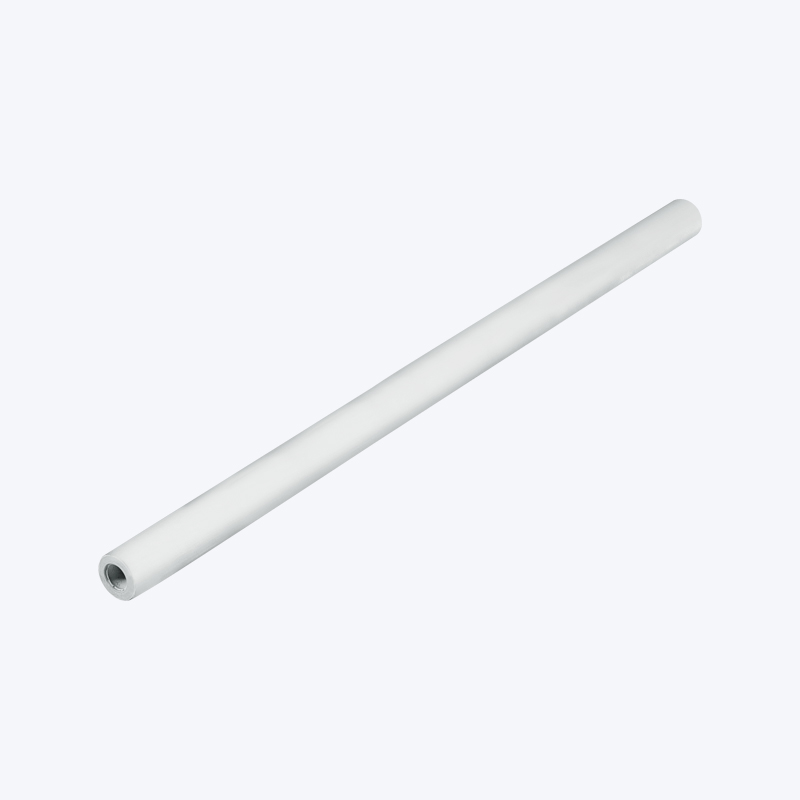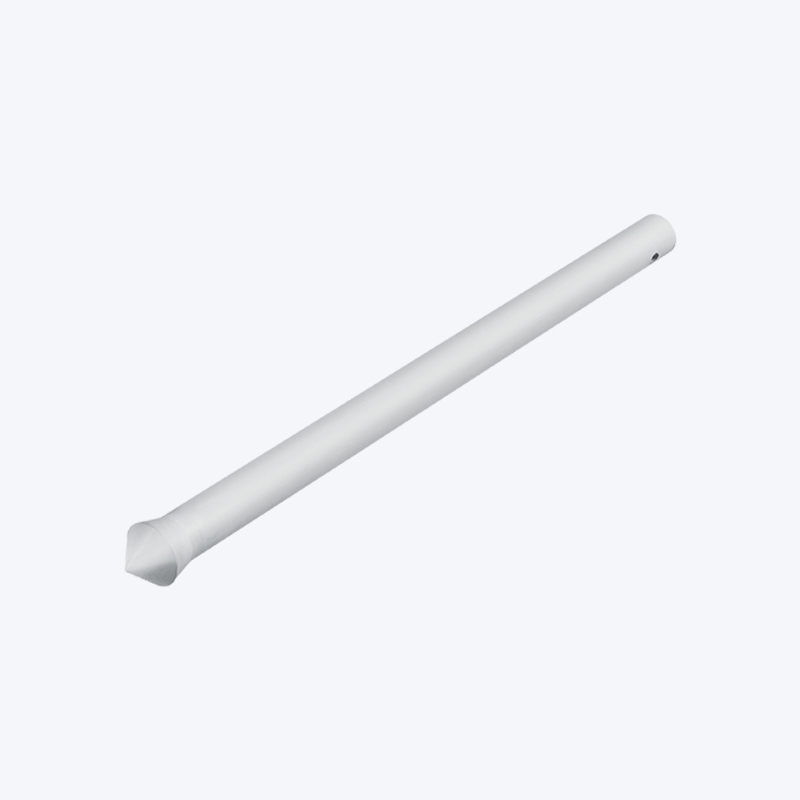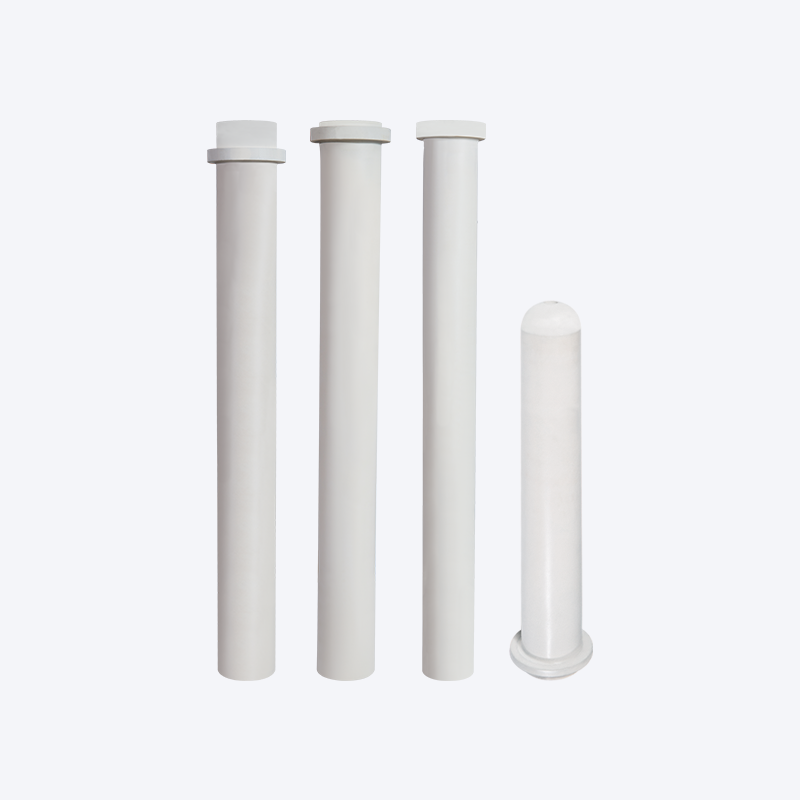How to install a precise tube filter?
Installing a precise tube filter is a crucial task for maintaining the integrity of many fluid systems. Whether you're working in a laboratory, an industrial setting, or even a specialized automotive application, a correctly installed filter ensures optimal performance and prevents costly damage.
Before You Begin
Before you even touch the filter, it's essential to prepare your workspace and gather the necessary tools.
-
Read the Manufacturer's Instructions: Every filter, or high-efficiency particle filter, will have specific installation guidelines. These are your most valuable resource. They detail the correct orientation, torque specifications, and any unique considerations for that particular model.
-
Gather Your Tools: You'll typically need a clean wrench set, a torque wrench, and an appropriate cutting tool if you are working with new tubing. Ensure all tools are clean and free of debris.
-
Safety First: Always wear appropriate personal protective equipment (PPE), such as safety glasses and gloves. If the system contains hazardous materials, take additional precautions as outlined by your facility's safety protocols.
-
Inspect the Components: Carefully inspect the precision micro-filter and all fittings for any signs of damage, such as cracks, scratches, or missing o-rings. A damaged component can lead to leaks and system failure.
Step-by-Step Installation Process
Follow these steps to ensure a proper and leak-free installation of your fine particle filter.
1. System Shutdown and Depressurization
The first and most critical step is to shut down the system and fully depressurize it. This prevents the risk of injury from high-pressure fluid release and allows for safe handling of the components. Follow your standard operating procedures for system lockout/tagout.
2. Tube Preparation
If you are installing a new section of tubing, it must be cut cleanly and deburred. Use a specialized tube cutter to ensure a straight cut without distorting the tubing's shape. Deburr both the inner and outer edges to prevent particles from entering the system. The quality of this step directly impacts the seal's integrity.
3. Component Assembly and Orientation
Assemble the fittings onto the tubing, but do not tighten them yet. Pay close attention to the flow direction arrow on the precision line filter. It must be aligned with the direction of fluid flow in your system. Incorrect orientation will compromise filtration efficiency and could damage the filter element.

4. Seating the Filter
Gently insert the filter assembly into the prepared tubing. Ensure that the tubing is fully seated into the fitting. You should feel it bottom out. This proper seating is vital for a secure connection.
5. Tightening the Fittings
This is where the torque wrench becomes indispensable. Hand-tighten the fittings until you feel a snug connection. Then, use a torque wrench to tighten to the manufacturer's specified torque value. Do not overtighten, as this can damage the threads and fittings, leading to leaks. Conversely, undertightening can also result in a poor seal.
6. System Re-pressurization and Leak Check
Slowly re-pressurize the system. Do not rush this step. Once at operating pressure, perform a thorough leak check. You can use a leak detection solution, which will bubble at the site of a leak. If a leak is detected, de-pressurize the system, and re-tighten the fitting according to the manufacturer's instructions, but be careful not to overtighten.
7. Final Verification
Once the system is leak-free, perform a final check of the filter's orientation and all connections. Document the installation date and any relevant information for future maintenance.
By following these professional steps, you can ensure the correct and reliable installation of your precise tube filter, safeguarding your system's performance and longevity.
Contact Us for Quotes and Prices!
Just let us know what you want, and we will get in touch with you as soon as possible!

 English
English 简体中文
简体中文












